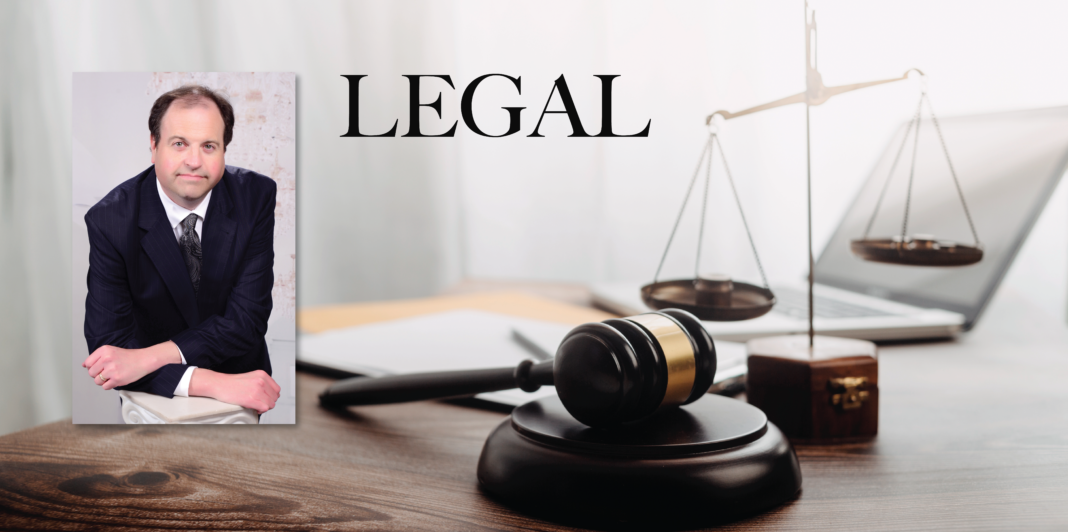Legal: A Slip and Fall and Proving Fault
In my practice, a common call from a potential client involves them being injured on property owned or leased by a third party – often referred to as in “slip and fall”, or a “premises liability claim”. The caller often assumes that because they were injured on property owned or leased by another, then that other party is responsible for those injuries. This is simply not the case, and every individual case must be filtered through a very complicated (and often contradictory) set of laws and precedents to determine who, if anyone, may be responsible for the injuries.
The mere fact that an accident occurs on a third party’s property does not create any liability for that third party in and of itself. In other words just because you slip on something on the floor at your local retailer, does not mean the retailer is liable for your damages. A number of elements must be established in order to create liability (or fault). The injured party is tasked with the obligation to prove: 1) a dangerous condition existed; 2) the condition caused an injury; 3) the owner of the property created, knew or should have known about the dangerous condition; and 4) the owner failed to remedy the condition or warn of the condition prior to the injury.
If this sounds like a high burden is put on the injured party, you are correct. If you fail to establish any one of the elements, the case is lost. To make matters more complicated, there are hundreds of case precedents (opinions from appellate courts – whether intermediate appellate courts or the Texas Supreme Court) dealing with each of these elements, often leading to confusing and contradictory conclusions.
One common truth does seem to pervade from all the precedent – that each case must be looked at through the facts of that particular case. In other words, every case has unique features and facts, and should be approached as such.
For example, a customer was shopping in a large grocery store, minding his own business, when he suddenly fell to the floor, landing on his back. His injuries are serious – a fractured hip and back injury that will require surgical intervention. A store manager comes to see what occurred, and makes a report, documents the scene and preserves video from the store’s video system.
The customer contacts the store to see if they can get assistance with medical bills and are soon handed off to an insurance company or third-party claims handler (as large retailers often hire third party companies to assist in the investigation and handling of claims). After a few days (or weeks) the injured person gets a form letter stating that while the grocer is apologetic that the events occurred, it does not believe the grocer is at fault. The injured party is often given very little detail as to why their claim was denied when they were so badly injured. The injured customer then reaches out to an attorney.
I want to emphasize that just because you were injured (whether mildly or seriously), on property owned by someone else, that does not make them liable for your injuries. You still have to establish those (4) elements as listed above. Most large retailers now have very sophisticated and high quality video systems that catch almost all parts of the store. In my example, the grocer had the entire fall on video. While they had refused to share the video with the injured party, they are more apt (although not always) to share it with an attorney because they know that a lawsuit will likely follow if they refuse. (A retailer is under no legal obligation to share the video before a lawsuit is filed – whereas the rules of litigation require its release).
In this particular example, you can see the client walking through the store; you can also see a customer walking several feet in front of them drinking from a cup. Moments before the fall, you see the second customer drop some of the drink on the ground, look down at it and walk away. Within seconds, the client unwittingly walks into the spilled drink and falls.
In this situation, the store is most likely not liable; there would be nothing to show that the store knew, or had time to know, about the condition created by the customer spilling the drink. The customer, no matter how bad the injury, will likely be on their own in terms of their injuries and paying for same. Most cases are not so simple and fall into a “grey area” where it’s left to a judge or jury to determine if the elements are satisfied.
The best rule is to pay careful attention to your surroundings and attempt to avoid dangerous conditions. However, many such conditions are not visible easily, and if you are faced with a fall in a store, or on someone else’s property, it is often beneficial to 1) document the area – take photos and/or video with the phone of the area and what caused you to fall; 2) report the injury to some employee or manager and request a report be made and 3) if you feel you need medical attention, get it. Do not wait for the store to approve medical care or offer to pay for care; if you believe you need attention medically, take it upon yourself to do so. Finally, if you are not getting the responses and/or attention from the retailer (or its insurer) that you believe you deserve, then reach out to an experienced attorney to assist you. While difficult, these cases can be successful and obtain relief for the injured party.















